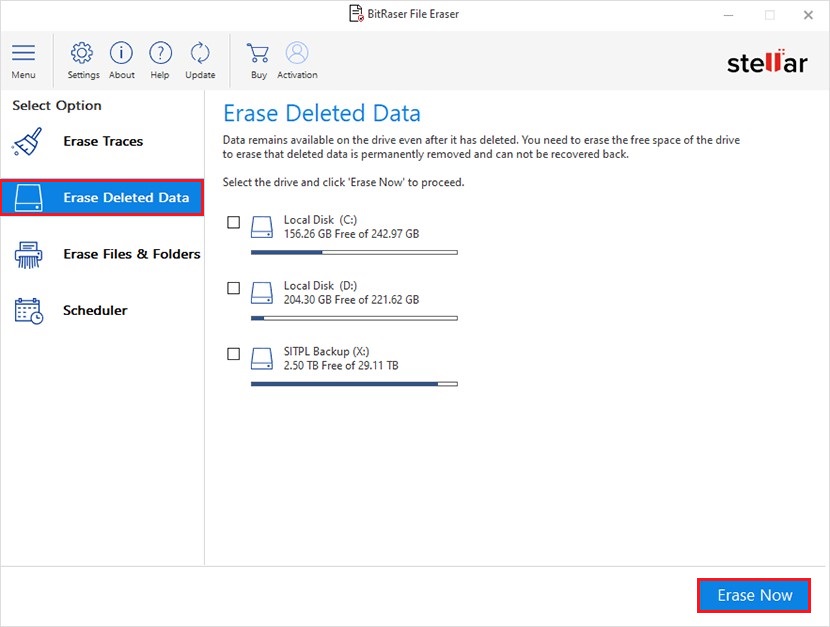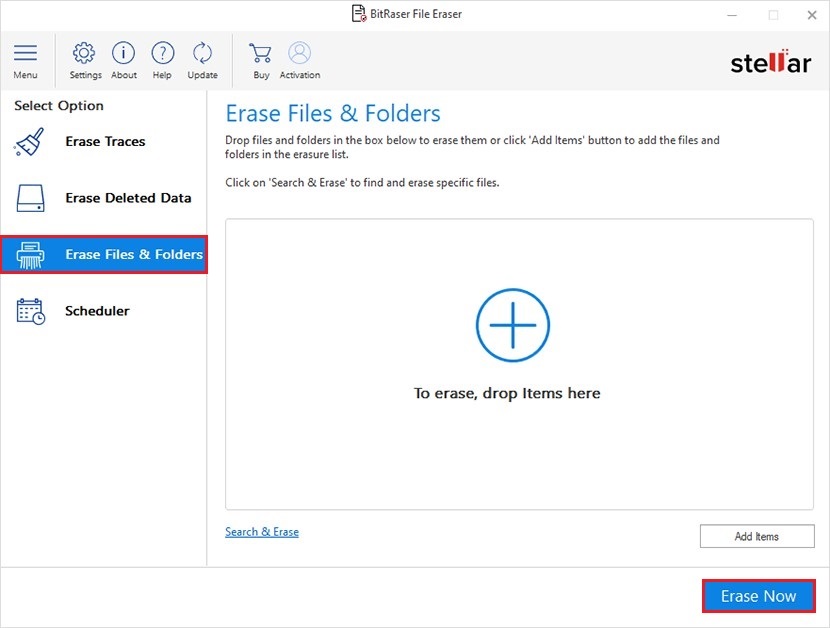Data deletion- we do it like all the time. We dump old or unwanted files to the Recycle Bin, delete private photos, videos to ensure data privacy, and free up space on our storage drive. But have you ever wondered what happens when you delete data? Where does it exactly go, or is it just ever really gone forever?
Some of you may breathe a sigh of relief, thinking that the data is gone forever once deleted. But, this is not the case. The deleted information is never really gone; you can easily recover it.
If you accidentally deleted any of your files, you can be at comfort by knowing this. But, what if you intended to get rid of the confidential data? It could be a drastic thing because if somebody unauthorized accesses that data, they can use it against you.
So, how's it possible? How can the data be recovered, and how to make sure that it's gone forever?
To know all of this, let's understand first what happens to the deleted files?
What happens when you delete a file?
You may have tried deleting files permanently using Shift + Del key, emptying the Recycle bin, or tried formatting the system or external hard drive. Of all these methods, none can make your file gone forever. They only make the file inaccessible.
When you permanently delete a file, the storage drive makes its space available for new data. However, the file is not deleted. It remains on the hard drive; only the file pointers get deleted. (The File pointer shows you where the file exists and keeps track of it being accessed.) It means that the deleted file is not gone; it just became inaccessible.
What are the chances for file recovery?
Whether you've deleted files or formatted the hard drive in the Windows system, data recovery chances are pretty good. There are plenty of data recovery tools available, which you can use to retrieve files after deletion or even formatting. If you want to get rid of some private data, deleting them or formatting the hard drive will not help you. You will have to 'erase' it altogether.
Erase your data right away!
Don't take any chances. If you want to wipe your data permanently, erase it beyond the recovery scope. Erasing a file means taking external software help to overwrite it using zeros and ones or some random patterns. File erasure or data erasure aims to completely wipe data from every sector of the hard drive by overwriting it so it'd be permanently gone.
Several tools are there that can help you erase data permanently. We'd recommend usingBitRaser文件橡皮擦.这是一个擦除softw最信任的文件are that can help you erase deleted data, specific files, and folders, along with the browser history, system, and application traces, from the Windows system beyond recovery scope.
The software also lets you set up a scheduler to erase data at a given time duration. Once set up, the scheduler will run automatically and start performing the data erasure task. To learn how to erase data permanently, follow the given steps:
- Go to the officialBitRaser文件橡皮擦and navigate toBuy Nowbutton.
- Install, launch, and run the software on your system from the shared exe.
- To erase deleted data permanently, clickErase Deleted Data > Erase Nowon the main interface. (The data deleted withShift + Delkey or by emptying Recycle Bin will be erased.)

- If you want to wipe some specific files and folders securely, select 'Erase Files & Folders.'Click on the+icon, add the files and folders, and then click 'Erase Now.'

- All the selected data will be erased permanently.
Make sure your data is gone beyond recovery!
You can have peace of mind after erasing data with BitRaser File Eraser. The software uses data erasure algorithms approved by the US Department of Defense standards to acquire such a high degree of data privacy. Once you erase data with this software, it can't be accessed or recovered even with the help of forensic tools.
Bottom Line
If you want your data to be gone, don't just delete it; ERASE it. Deleted data can be recovered easily with a data recovery tool. And, if you erase data with a reliabledata erasure tool, such as BitRaser File Eraser, you can rest assured that your data is permanently wiped beyond the scope of recovery. This DIY software can help you erase any data, including photos, documents, emails, videos, etc., along with browser history, caches, system and apps traces, and more.














